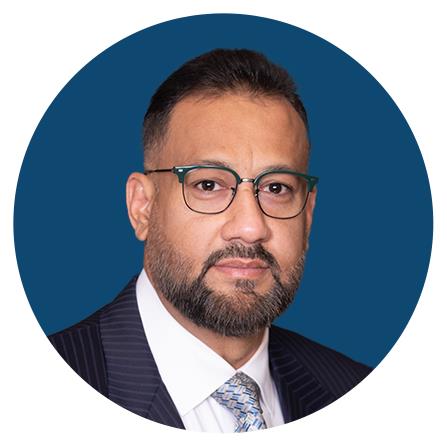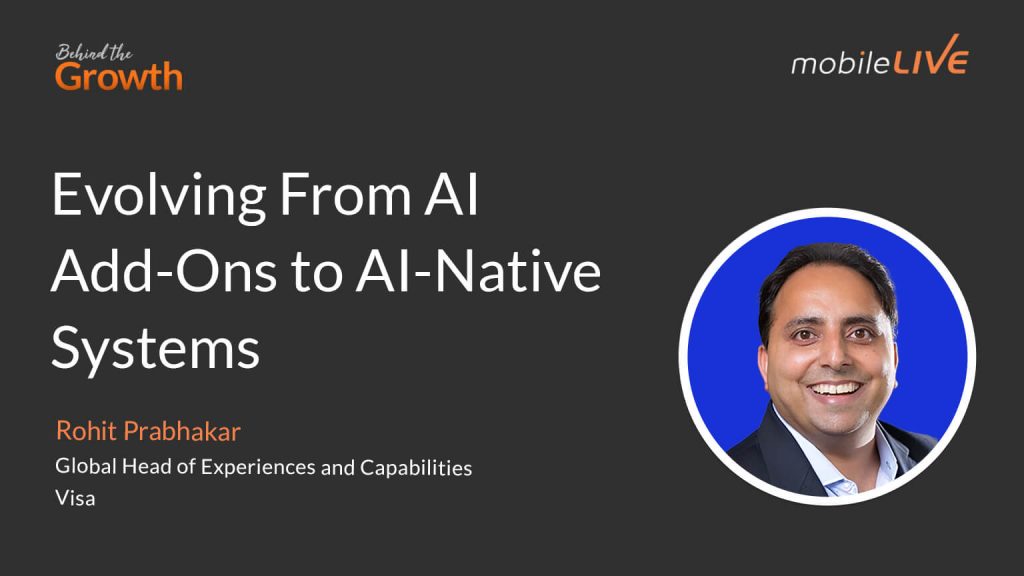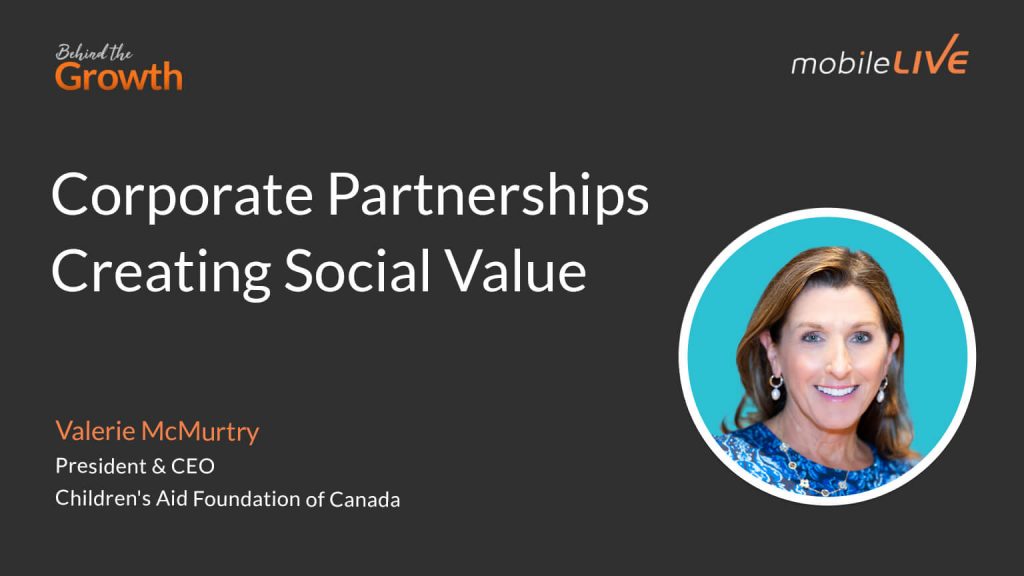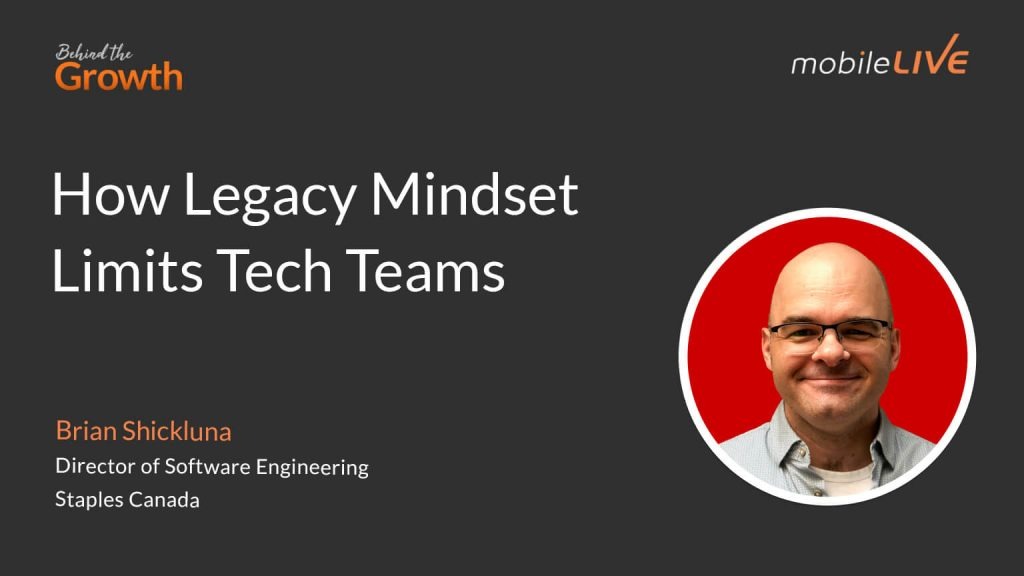Key Insights
Trust and Alignment as the Core of Execution
Organizations that consistently deliver strong outcomes have one common foundation: trust and alignment. Teams that know what they are expected to do and believe in their leaders move faster and avoid unnecessary friction. This is not abstract culture-building; it is an operational advantage. Without trust, people second-guess decisions, and without alignment, they execute in different directions. Mohammad reinforces that these two levers ensure that transformation efforts don’t stall under miscommunication or doubt, and by embedding trust into leadership practices, companies create healthier organizations that can adapt to change while maintaining clarity of purpose.
Transformation Requires Precision in the First Three Months
The most critical phase of any transformation is the initial three months, where leaders must define exactly what to transform and why. Starting with buzzwords or broad technology overhauls risks wasted spend and little business value. The discipline lies in identifying the specific processes that need change, selecting technology that applies directly to the organization’s scenario, and involving the people who will use it, whether underwriters, processors, or sales teams, in shaping the requirements. This early scoping prevents costly missteps and builds credibility across the business. When the first three months are used to connect technology to clear outcomes, the foundation is set for adoption, measurable results, and long-term impact.
Tie Technology Upgrades Directly to Business Outcomes
Modernization succeeds when technology decisions are framed around their business impact. A middleware upgrade, for example, was initially viewed as a technical exercise until reframed around faster handshakes, higher throughput, and greater revenue capture. By connecting speed and reliability to competitive advantage in customer-facing interactions, the value of the upgrade became undeniable. Mohammad underscores the importance of demanding a business case that goes beyond “newer technology.” Technology investments must be articulated in terms of revenue growth, customer experience, or operational efficiency. When leaders insist on this linkage, stakeholders rally behind the initiative, adoption accelerates, and modernization is seen not as IT spend but as a growth enabler.
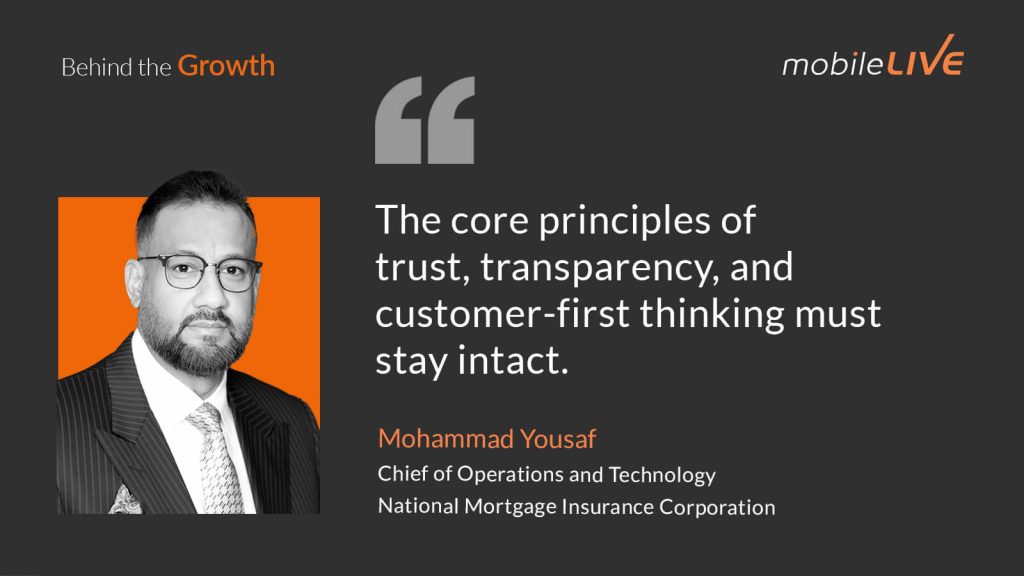
Episode Highlights
Cricket Lessons in Leadership
Mohammad reflected on how his leadership philosophy started on the cricket field. He drew parallels between learning to strategize, adapt under pressure, and build teams in sports and later applying those same skills in business. It was an unexpected but revealing way he connected personal history with professional growth.
“I learned a lot from cricket, how to strategize the game, how to perfect the game, how to come out as a winner if you’re losing.”
Defining Transformation in Context
When discussing transformation, Mohammad emphasized that while the word is universal, its meaning changes depending on the context. In operations and technology, he pointed out that transformation has been ongoing for decades, from analog to digital to AI, and that the challenge lies in deciding what exactly to transform and why.
“Transformation is the key and the name of the game, not now, from past 10, 15 years, actually.”
The First 90 Days Decide Value
Mohammad cautioned that the most crucial work happens at the start of a transformation. In those early months, leaders must decide which processes should change and with what technology, avoiding generic solutions that promise savings but don’t fit the company’s reality.
“The real work in that entire transformation is the first three months of identifying what should be transformed and what should it be transformed with, which applies to your company, not with the ongoing buzzword.”
When Teams Resist Change
Mohammad shared a practical story about facing resistance during a change initiative. By spending six months working at the ground level and over-communicating the purpose, he was able to shift skeptical team members into supportive advocates who saw automation as a way to make their jobs easier.
“Same team members came to me and said, hey, Mohammed, we didn’t think when you joined that it will be this fun to work for you and it would be all right despite of the automation and change you are bringing.”
AI Must Respect Borrower-First Principles
In closing, Mohammad stressed that financial services must keep trust, transparency, and customer-first thinking at the centre when applying AI and automation. He warned of risks if technology replaces the human values that protect consumers and strengthen institutions.
“The core principle of trust, transparency and borrower first thinking must stay intact. If somehow you replace it with a machine, I feel like there is going to be a price to be paid at some point.”



